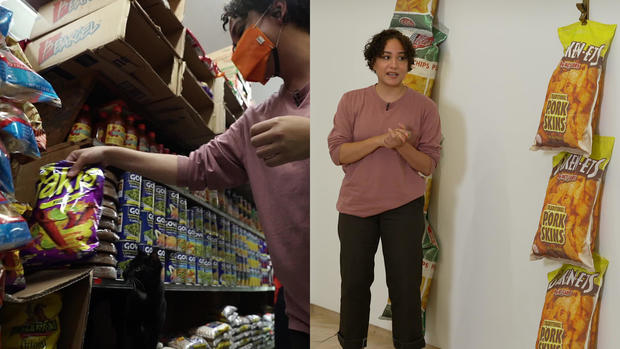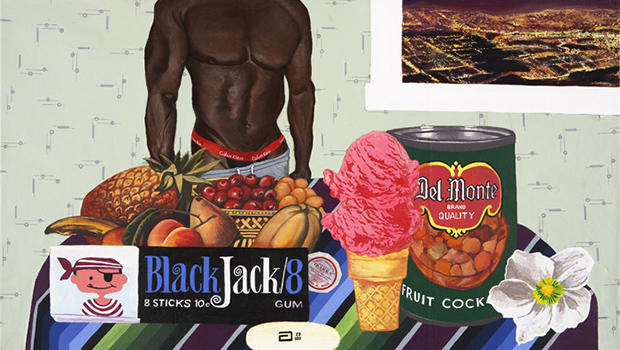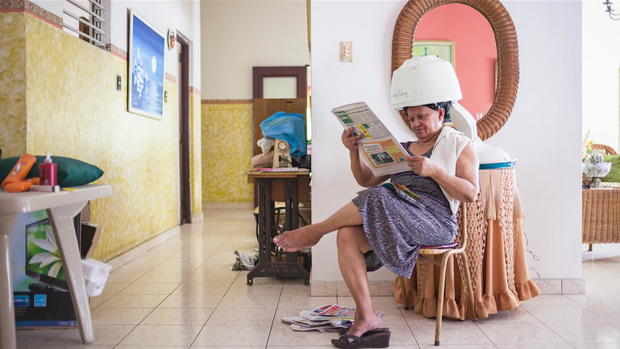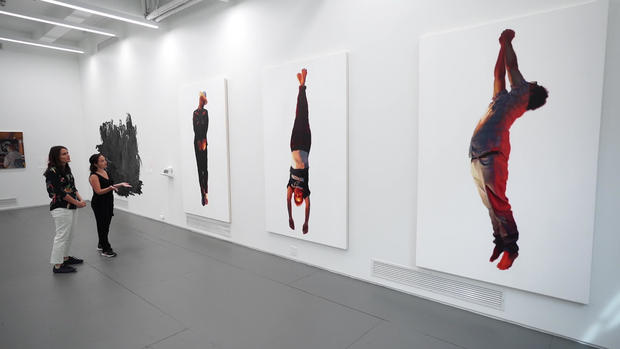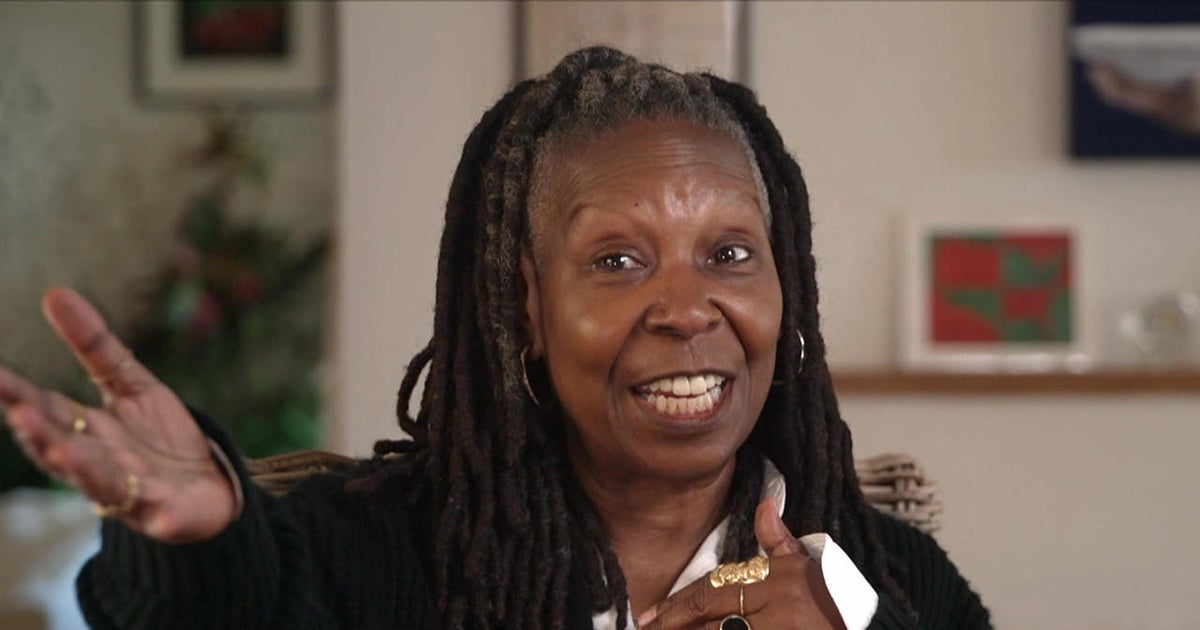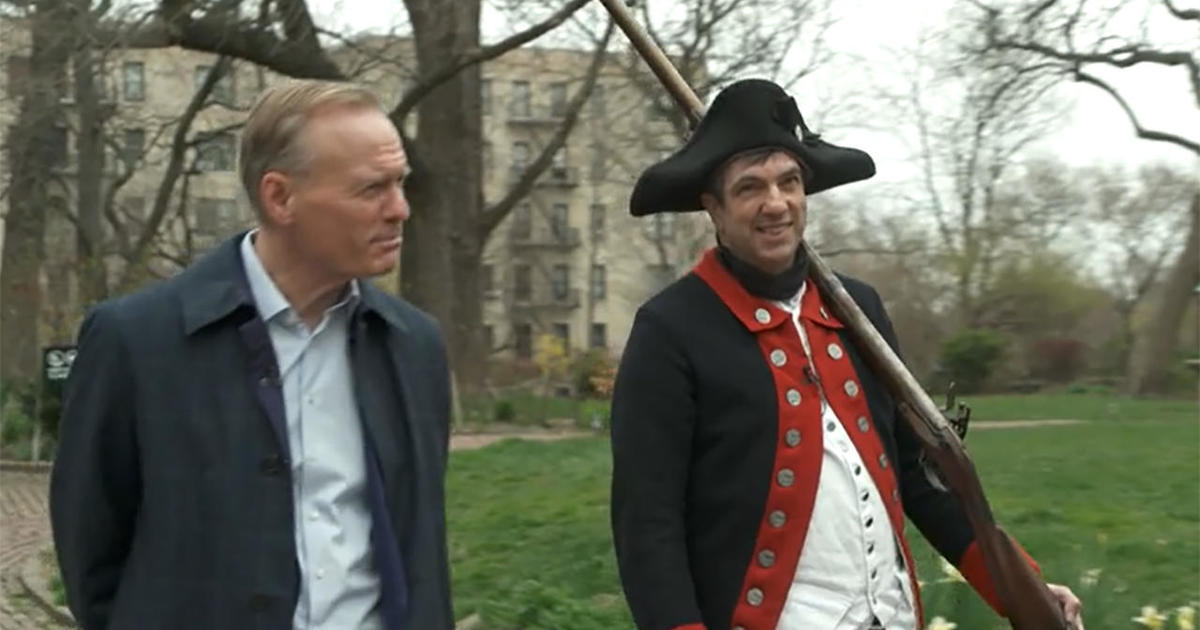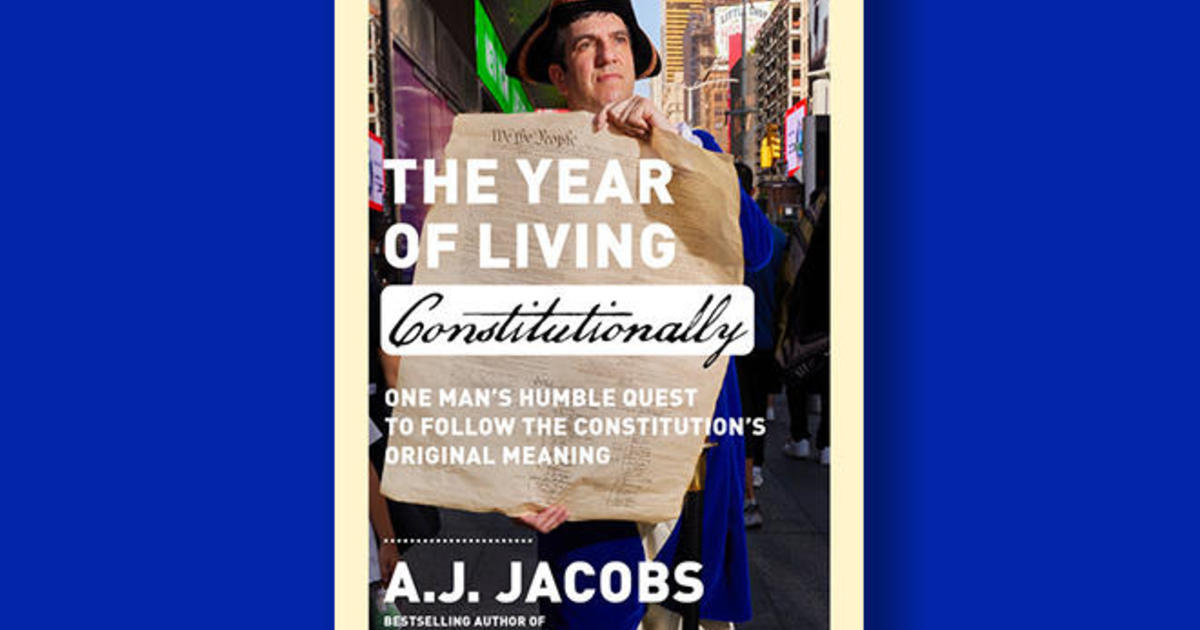Latinx art today
In a bodega, a corner store in New York's East Harlem, Lucia Hierro is re-discovering food relics from her childhood, like the coconete (coconut pastries from the Dominican Republic), and the Takis (rolled tortilla chips from Mexico). It's a shared experience in many barrios — Latino neighborhoods — throughout America.
For Hierro, who has a Master's in Fine Art from Yale University, the bodega is a beacon for inspiration, transforming bags of chips into larger-than-life creations.
Her objective is to appreciate what's often overlooked ... that the products, the people that make them, and the communities that consume them, matter.
"The work could be seen as sort of cutesy bodega art," Hierro said, "and then we look at who are the people that are working to make these Fritos? Who are the people that are actually behind selling them in these bodegas? And wonder how the economies are like and how they are shifting."
Big, small, playful and provocative, Hierro's art is among works of more than 40 Latinx artists participating in Manhattan's El Museo del Barrio's triennial show.
Correspondent Lilia Luciano asked, "What is the intention of this show?"
Co-curator Susanna Temkin replied, "It's a survey of contemporary Latinx art, but there is a lot of different subject matter that I think audiences — I hope — they read into it, whether that's issues of race, of family, of commodities and consumption."
Temkin noted, for example, the abundant presence of food.
On display: a celebration of color, culture and identity.
There are snapshots of everyday life, seen in photographs and paintings.
And there are also deeper themes, and darker ones, such as a series of works by Vincent Valdez titled "Strange Fruit." "They're meant to evoke the Mexican-Americans who were lynched over the course of U.S. history, a part of our history that gets overlooked," said Temkin.
A force of reckoning weaves through many of the pieces. That thread has existed at the core of El Museo del Barrio since its founding half a century ago by a small group of people who sat in a cold, darkened basement.
Hiram Marinstay recalled: "We could see our breaths, and we were talking about building a museum. And we asked each other, 'Well, who knows anything about a museums?' And everybody looked and said, 'I don't know. I don't know.'"
Marinstay was among El Museo's early directors, and in time, he helped build one of the nation's leading Latino cultural institutions.
"We were bringing our best artists to train our children," he said.
Marinstay is also an acclaimed photographer who was born and raised just a few blocks away.
Luciano asked, "What is el barrio to you?"
"El barrio is where I grew up," he said. "It's what I know. It's what I'm comfortable [in]. I feel it. It's my home."
From the moment he picked up a camera, Marinstay was rebelling against a narrative of how Puerto Ricans and Latinos were depicted. "Most of the images of us were when we were handcuffed," he said. "Most of the images of us were [when] we engaged in some kind of act of violence, or an act of violence against us. So, I was very, very angry about that. And I was also very naïve, but I thought that I could balance it. I could give a different representation of it, and I could show us that we're not that. We are this. And I'm still at it."
As are artists like Lucia Hierro, fulfilling a mission of a museum and a culture.
Luciano asked, "What do you hope the next generation will get from seeing your art?"
"That their stories are important," she replied. "That everything that they've experienced and seen is worth, you know, making art about, and, you know, sharing that with the world."
For more info:
- El Museo del Barrio, New York City
- Exhibition: "Estamos Bien – La Trienal 20/21" at El Museo del Barrio (through September 26)
- luciahierro.com
- Hiram Maristany Photography (Facebook)
Story produced by Gabriel Falcon. Editor: Carol Ross.
